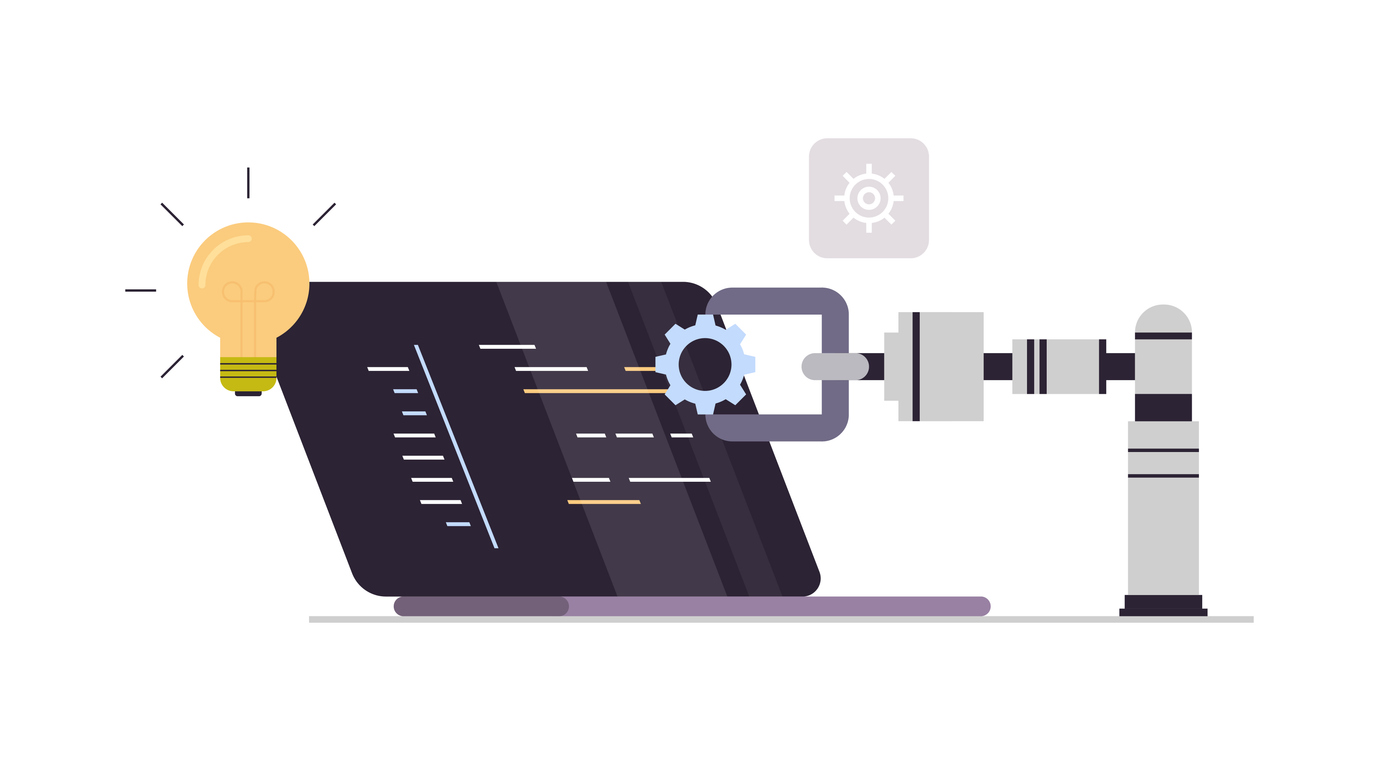CPQ Implementation Readiness: 8 Steps for a Successful Transformation
Configure, Price, Quote (CPQ) software is part of a larger ecosystem that helps your business connect your front of house sales with engineering and delivery functions.

Configure, Price, Quote (CPQ) software is part of a larger ecosystem that helps your business connect your front of house sales with engineering and delivery functions. Rather than a one-off project, your CPQ implementation is a core part of digital transformation that impacts sales, engineering, operations, and ultimately, your customers.
Many implementation challenges come from how well organizations prepare their tech stack, teams, and processes. And the process is not one-size fits all, but there are best practices to position your business for success. These eight steps will help you build the right foundation, so you can go beyond go-live and deliver lasting value across your entire business.
1. Define and align on vision
The first question of implementation isn’t technical. It’s strategic.
“Why are you implementing CPQ?”
Define the business outcomes you want to achieve: faster time-to-market, improved customer satisfaction, a better e-commerce experience.
Because CPQ is a cornerstone of the quote-to-order process, it’s also a critical driver of digital transformation. That’s why it requires CEO sponsorship and a regular place on your leadership agenda to ensure the implementation continues to align with overall strategy.
2. Translate vision into tangible success metrics
A bold vision is inspiring, but to guide a project it must be measurable. Break it down into clear success criteria: efficiency improvements, reduced time-to-delivery, margin protection, or customer satisfaction gains. What are you limited by with your current solution, and what long-term needs do you need to address? Use that to help guide what your team should improve and measure.
Use frameworks your teams already know, such as KPIs, OKRs, or something similar so that you don’t have to reinvent the way that your teams track success.
3. Map target processes
Copying the past only leads to the same outcomes that your current solution provides, which are limiting. Simply digitizing legacy processes means you miss the opportunity to rethink how you work. If the system isn’t intuitive, you risk underwhelming adoption and poor ROI.
Instead, map your target processes. Where are today’s bottlenecks? Which steps are unnecessarily manual? What would a seamless end-to-end sales journey look like? A new CPQ solution is your chance to design for the future.
Start by mapping the user journey. Define which systems should lead at each step, clarify handover points, and establish a master data strategy so product, pricing, and customer information flows consistently. At the same time, challenge the status quo:
- Do all existing systems still need to be in place?
- Can you eliminate redundant process steps?
- Where can you reduce manual handovers?
4. Prepare systems and data
Where do you start to create a master data strategy? Clean, structured data is the backbone of any CPQ implementation. Focus on these three areas first:
- Organization and governance: Document how your company sells today, emphasizing approvals, workflows, and governance across all business units and regions. Consolidate it into one clear picture instead of scattered notes or tribal knowledge.
- Product data structure: Identify gaps or “white spots” where documentation is weak. Transition product data into a consistent format, clean it up, and use the opportunity to simplify your portfolio and reduce complexity.
- Pricing data and strategy: Review regional variations and outdated models. Clarify how pricing should work in the future, and align stakeholders on a common strategy before building it into CPQ.
Getting these three areas right not only speeds up implementation but also ensures your CPQ system reflects how your business actually operates.
5. Choose a project approach that fits
There’s no universal “best” methodology. What matters is what works for your organization. Agile methods can be useful, but not everything in CPQ can be done in small, flexible steps. For example, product modeling and pricing usually need clear, fixed targets.
Two rules of thumb:
- Don’t over-plan upfront. Different vendors solve problems in different ways, so leave room for flexibility.
- Avoid the “big bang.” Pilot with a product line, market, or region to learn before scaling.
6. Build and train the right team
Your people are the driving force behind your CPQ implementation. Define a focused core team with clear responsibilities and make CPQ a business priority rather than a side project.
Training should begin early. Teams need to understand both the system and the project methodology. Just as importantly, involve long-term maintainers from the start. CPQ lives well beyond go-live; those who will manage it later need to be part of the build today.
7. Set reasonable budgets
If you can’t explain why money is being spent, it will be hard to defend when priorities shift.
Start by building a business case that flows directly from your vision. Then, group budgets by themes or project phases rather than individual requirements. This makes it easier to manage spend and connect budget to overall value without getting lost in the line-item details.
Finally, make budgets transparent. Share not just the numbers but the reasoning behind them. When stakeholders see how budgets connect to value, it’s easier to set priorities and keep the project moving forward.
8. Make change management a critical part of leadership’s agenda
Perhaps the most underestimated factor in readiness is change management. CPQ reshapes how sales, engineering, and operations collaborate, as well as how customers experience your company.
Engage end users early, especially sales. Align the program with your company culture and pace of change. Give executive sponsors a visible role in leading the transformation and use your roadmap as a communication tool to show progress and reinforce the bigger picture.
Set the stage for success with Tacton CPQ
A CPQ project’s success is decided long before go-live. With a clear vision and a strong focus on structured change, you create the foundation for lasting value.
At Tacton, we know CPQ is part of a larger transformation in how you sell, engage buyers, and connect the front office with operations. Our Buyer Engagement Platform is built to guide manufacturers through this journey, combining industry expertise with proven implementation practices for a smoother, more fruitful rollout.
Ready to start your CPQ journey the right way?



